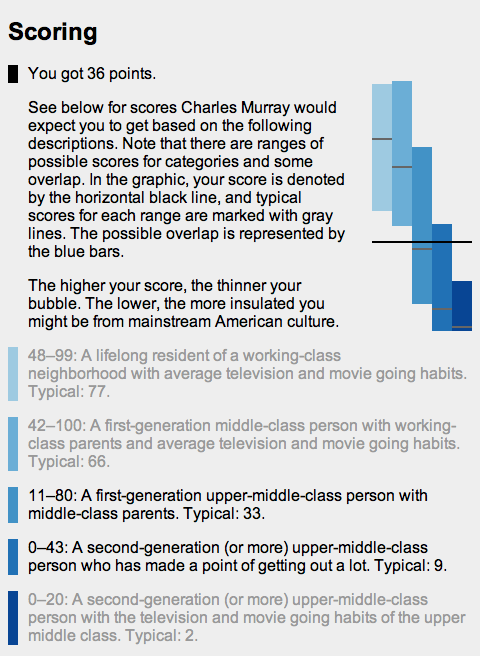Sometimes You Need A Boogeyman, Anne Laurie, Balloon Juice, March 26, 2014
Republicans have relied for many, many electoral cycles on advertising boogeymonsters to scare voters to turn out and vote against their own best interests. If Democratic candidates are finally beginning to understand that we can, and should, use the vast supply of actual GOP monsters — people like Charles & David Koch, malefactors of great wealth — as an argument for our voters to get down to the polling places, more power to us!
Race Is Real…But Not in the Way Many People Think, Agustín Fuentes, Ph.D., Psychology Today, April 9, 2012
There is currently one biological race in our species: Homo sapiens sapiens. However, that does not mean that what we call “races” (our society’s way of dividing people up) don’t exist. Societies, like the USA, construct racial classifications, not as units of biology, but as ways to lump together groups of people with varying historical, linguistic, ethnic, religious, or other backgrounds. These categories are not static, they change over time as societies grow and diversify and alter their social, political and historical make-ups. For example, in the USA the Irish were not always “white,” and despite our government’s legal definition, most Hispanics/Latinos are not seen as white today (by themselves or by others).
This is a difficult concept and it seems to come up again and again, so let me provide a few points to bust the myth and to clarify the reality…
There is no genetic sequence unique to blacks or whites or Asians. In fact, these categories don’t reflect biological groupings at all. There is more genetic variation in the diverse populations from the continent of Africa (who some would lump into a “black” category) than exists in ALL populations from outside of Africa (the rest of the world) combined!
There are no specific racial genes. There are no genes that make blacks in the USA more susceptible to high blood pressure, just as there are no genes for particular kinds of cancers that can be assigned to only one racial grouping. There is no neurological patterning that distinguishes races from one another, nor are there patterns in muscle development and structure, digestive tracts, hand-eye coordination, or any other such measures.
Charles Murray Responds To Allegations Of Racism Following Paul Ryan Remarks, Caitlin MacNeal, Talking Points Memo, March 18, 2014
Charles Murray, the social scientist cited by Rep. Paul Ryan (R-WI) last week in his comments about the inner city “culture problem” of men not wanting to work, on Monday responded to allegations that he has drawn racist conclusions in his works about poverty in America.
Murray defended his book “The Bell Curve,” the piece many criticize as racist for suggesting that African-Americans are less intelligent than white Americans due to genetic differences.
“Our sin was to openly discuss the issue, not to advocate a position. But for the last forty years, that’s been sin enough,” Murray wrote in a piece published by the American Enterprise Institute.
Murray argues that in “The Bell Curve,” he and co-author Richard Herrnstein merely deliberated whether genetics had anything to do with racial differences without drawing a conclusion.


